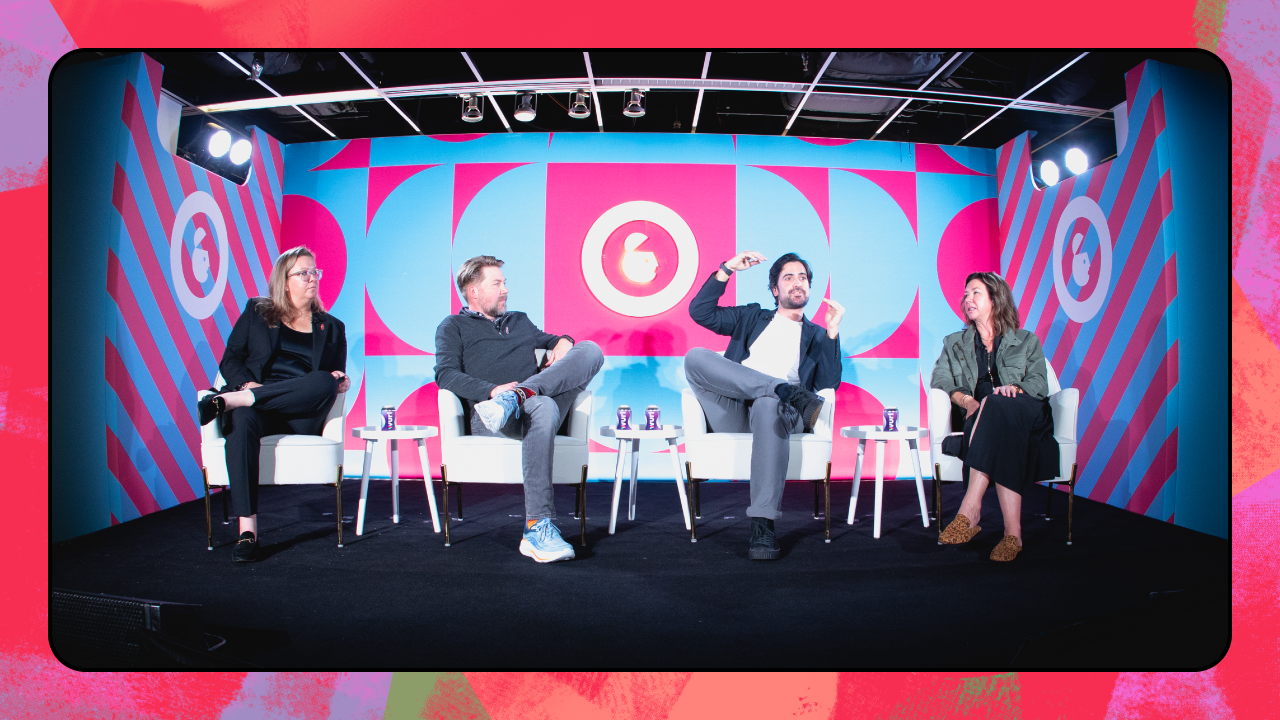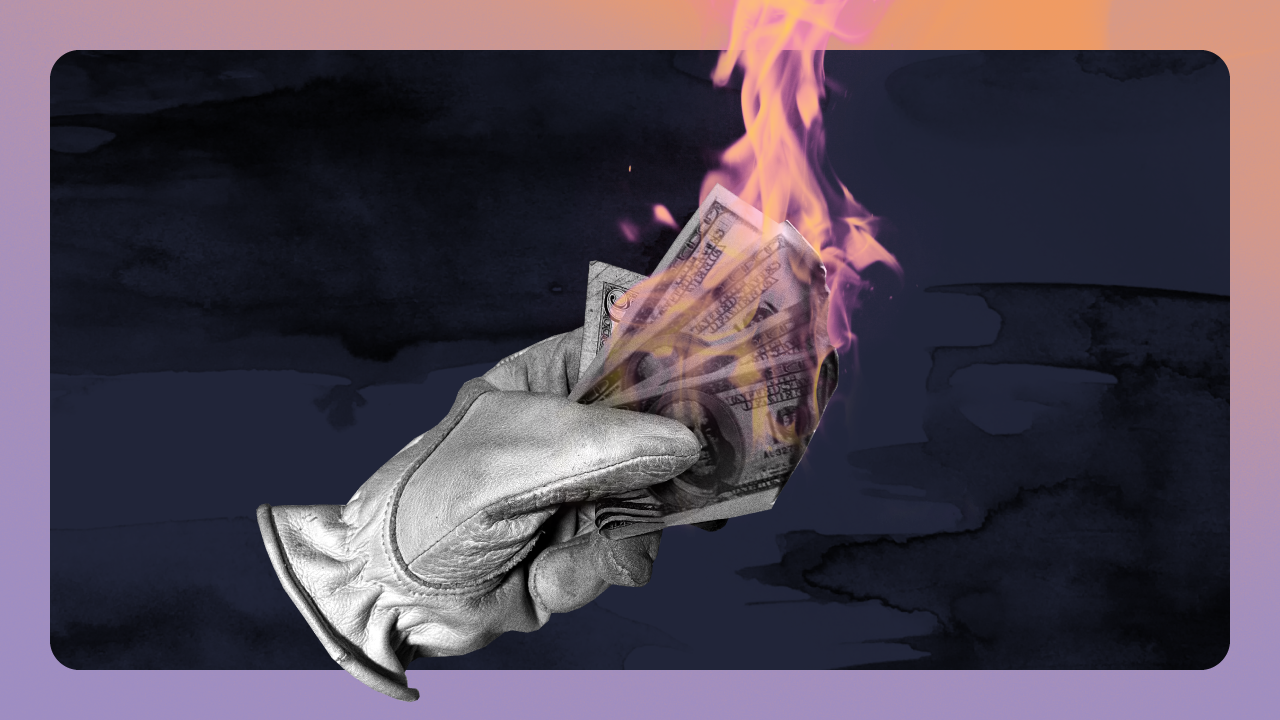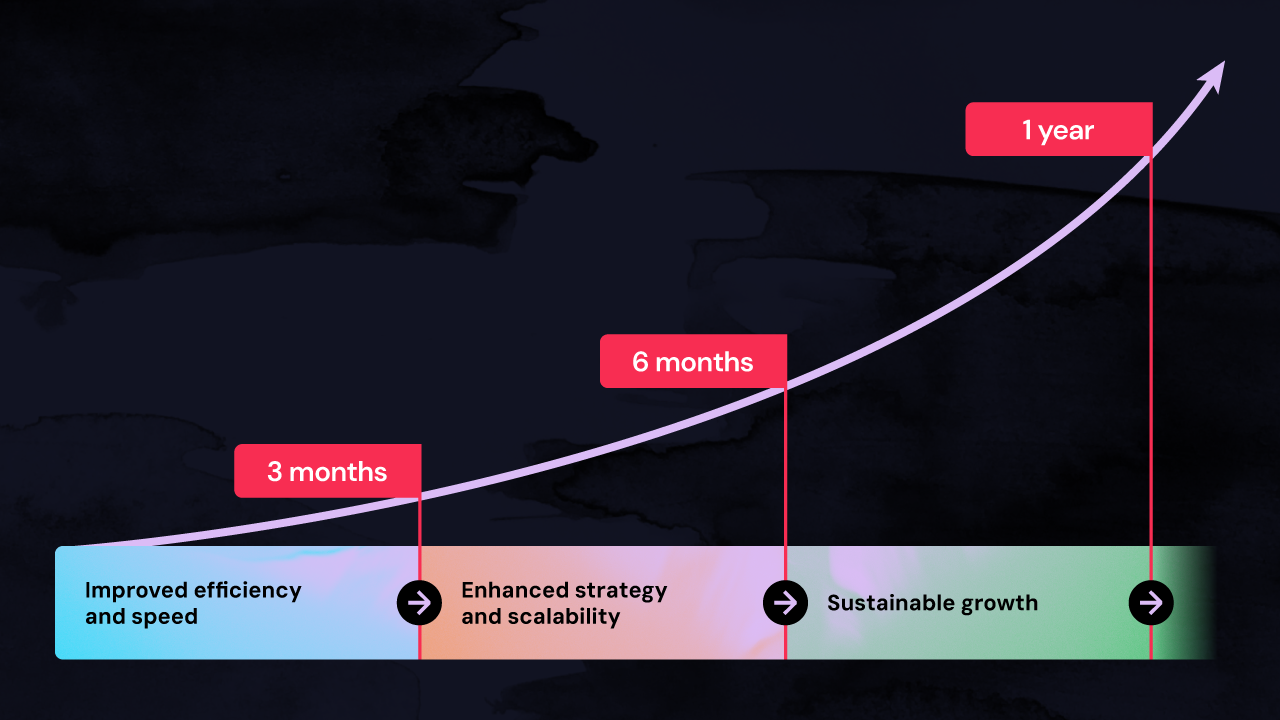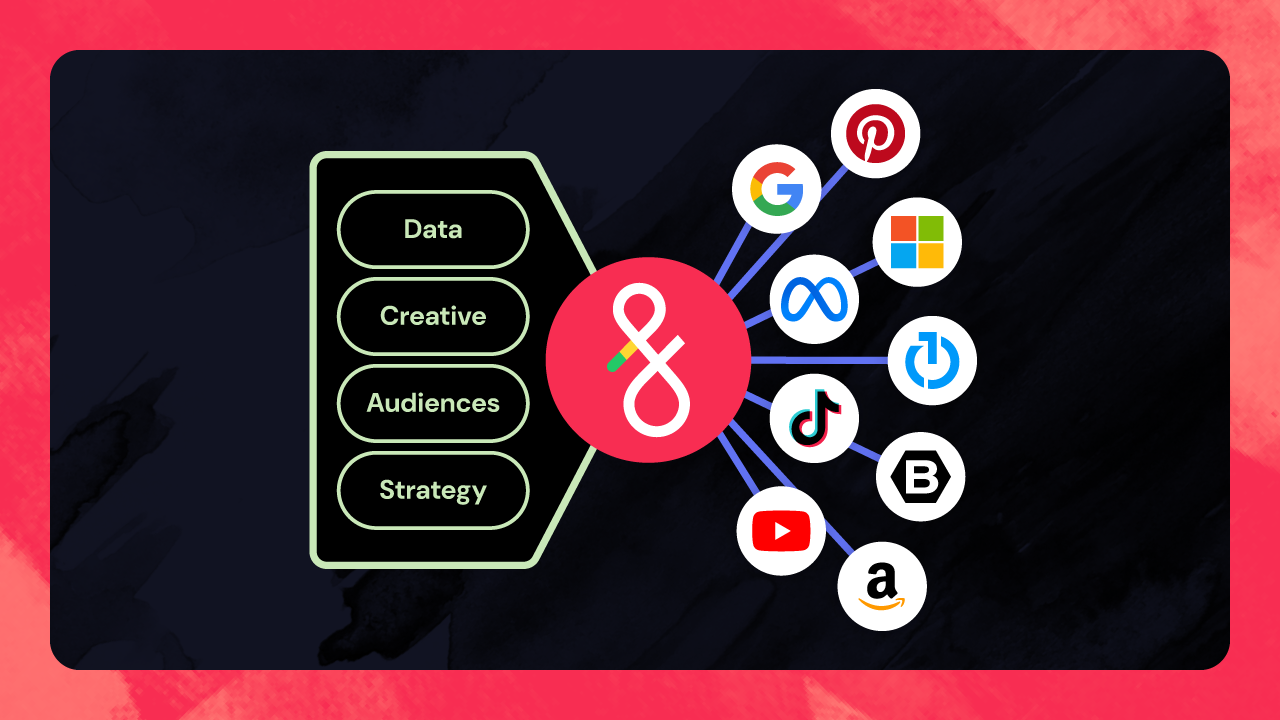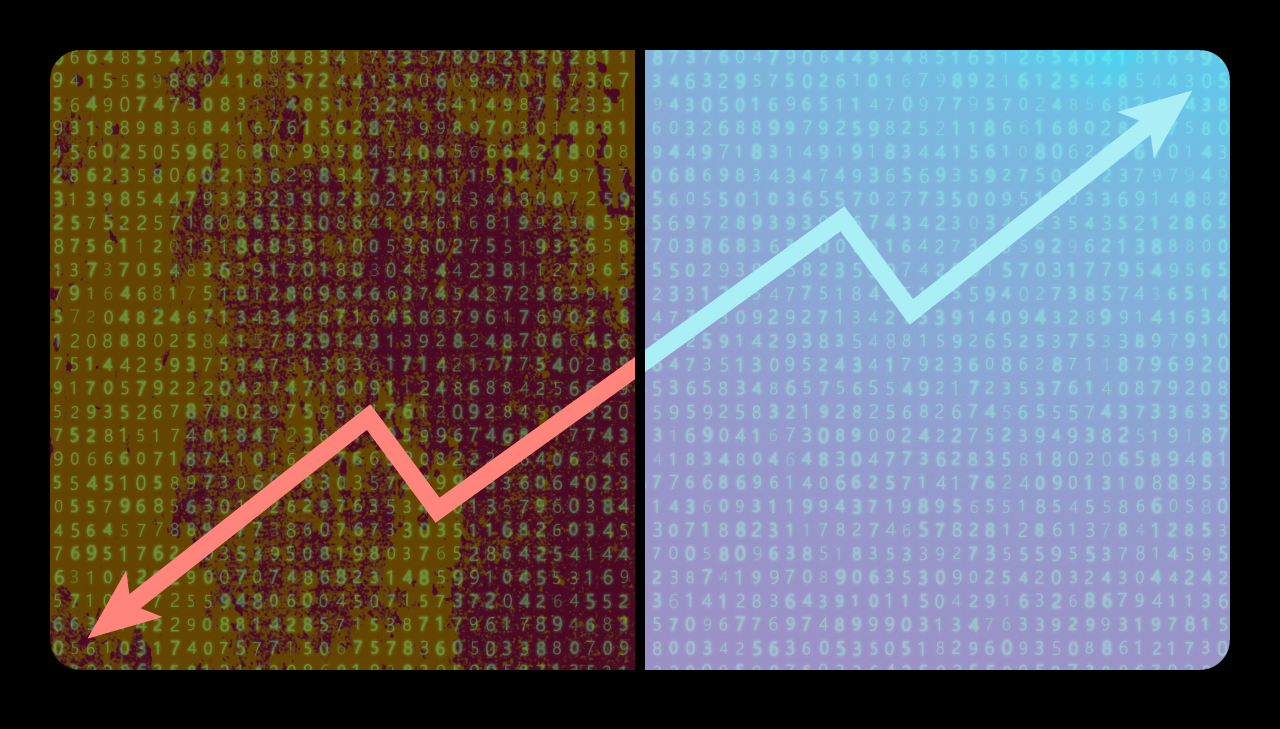Advertising Week New York 2025 was a clarion call that advertisers must be as focused on “the work” as they are on the way they work. The conversations this year, both on and off the stage, weren’t just about new ways to plan and buy media, reach audiences, or apply new AdTech tools. They were about connecting and operationalizing everything for growth (or, in some cases, mere survival in the age of agency consolidation).
We’re at a pivotal moment right now. Advertisers feel pressured to adopt the transformative power of AI and automation or risk being left behind. The challenges we face—rising operational costs, staffing shortages, and the complexity of managing campaigns across an ever-expanding number of channels—are daunting. But they're also the strongest drivers we've ever had pushing us to redefine how we work.
The question isn’t whether AI and automation will change the game; it’s how quickly we can embrace them to stay competitive and thrive in this new era.
What are the biggest challenges facing digital advertisers today?
The need to redefine how we work mirrored the number of operationally-focused sessions at Advertising Week New York 2025. Our AdOps Lounge, where we welcomed leaders across the ecosystem to discuss paid media operations, was also packed with people hungry for answers and viable solutions.
Over hundreds of separate conversations our team had at Advertising Week New York 2025, advertisers’ day-to-day struggles consistently tied back to a core, simple challenge: eliminating manual operational work.
The costs associated with manual campaign management are staggering. Even with more channels, parameters, and AI-enhanced capabilities than ever before, it’s still innordinately expensive to execute, manage, and report on advertising campaigns. Why? Because many (if not all) of the workflows that go into running and managing digital ad campaigns historically rely heavily on manual processes.
Yes, some channel-specific features reduce time and effort, like Performance Max within Google Ads or Meta Advantage within Meta Ads. But the majority of advertisers aren’t limiting their services to just PPC advertising or paid social campaigns. For example, CTV is making up an increasingly large chunk of overall U.S. ad spend, to the tune of $23.6 billion in 2024 (over 9% of the total $258.6 billion in U.S. ad spend in 2024).
As your agency or in-house team expands to new channels, though, their biggest limitations are often human ones. Technology isn’t the pinch point: it’s the physical limits of what your human teams can do in a reasonable workday. Labor costs, staffing shortages, and account management limitations drive up operational costs and cap profit margins, even as your revenue grows.
But it's also the greatest catalyst for change in ad teams today. Let me show you what I mean.
Prefer to watch, not read?
Here's our full session from Advertising Week New York 2025, featuring advertising AI and automation case studies from Intuit and Cox Automotive:
Intuit SMB MediaLabs eliminates manual touchpoints by 60% with automated workflows
Taren King from Intuit joined Eric Mayhew, Anne Thiel from Cox Automotive, and me on the stage at Advertising Week New York. Taren’s team had the unique chance to build their media network (Intuit SMB MediaLabs) from scratch with an automation-first mindset. He shared a really cool story about how his team reduced manual campaign launch touchpoints by 60% using automation.
“Intuit's first-party audience data is wholly unique in the realm of small business owners,” Taren said during the session. “But all the manual touchpoints in our campaign launch process often led to long turnaround times and inaccurate data entry.”
Taren and his team revamped their client intake process so that every data entry point funneled directly into an insertion order, perfectly formatted for automated workflows. By collecting and organizing data this way, they could automate campaign launches instead of relying on manual work.
Not only did Taren make his teams more effective and efficient by reducing manual touchpoints by 60%, but they also reduced the risks generated by manual work. With a strong automation foundation in place, Taren is focused on how the team can use agentic AI to further improve campaign lifecycles and optimizations.
“As I mentioned before, everything we do is focused on our valuable first-party data,” added Taren. “Right now, creating the perfect audiences for our clients is one of the biggest time sucks in our prelaunch process. I think agentic AI is going to play a huge role in helping us reduce that pain point so we can keep providing the superior quality that folks expect from Intuit.”
Yes, Taren’s story highlights automation’s role in his organization’s unique AdOps workflows. However, the operational challenges he described are universally understood by advertisers today.
Every advertiser, whether they’re managing campaigns for a small local business or a global multilocation brand, is grappling with the inefficiencies of manual workflows. The need to streamline processes, reduce errors, and free up teams from repetitive tasks is something we can all relate to. Taren’s success at Intuit shows how the right approach can turn these challenges into innovative, automation-powered growth opportunities.
Implementing agentic AI at the enterprise level results in 20% time savings for Cox Automotive
Anne Thiel is already seeing incredible results with this approach. Her team at Cox Automotive services about 10,000 local car dealerships. The team implemented automation a few years back to help improve monthly budget pacing, dynamically update inventory-based ads across multiple channels, and standardize client reports.
“We have been using automated workflows for years and have implemented some AI-assisted processes, but we wanted to implement agentic AI at the enterprise level,” said Anne during our session together at Advertising Week.
Anne and her team recently implemented a reporting AI agent that generates detailed client-facing decks. These AI-agent-created reports include an AI-narrated story highlighting performance wins and optimization suggestions. Using AI and automation to build these reports ensures consistent report formats and metrics across their whole portfolio.
Most importantly, using an AI agent has cut report-building time by 20%, which frees her team to spend more time upselling dealers and strengthening relationships. According to Anne, agentic AI has helped her “solve a real business need without creating a bloated tech stack, which is something that keeps me up at night.”
“It is the coolest thing, honestly, that I have seen in a long time,” Anne added. “Plus, our customers love it. They get their decks on time, even if someone on our team is out sick or on vacation.
What’s next for advertisers in the age of AI and automation?
Walking away from Advertising Week New York 2025, one thing is crystal clear: Advertisers aren’t looking to do more; they want to do better.
Even though we had a great turnout at our 2024 Advertising Week session, the room for our session this year was packed. Standing-room only. When the session ended, people followed us back to our AdOps Lounge to ask specific questions about how AI-powered automation could help them reduce operational friction in their own advertising efforts.
If reducing busywork and scaling growth are part of your 2026 goals, start with the basics: clean up your data, codify the patterns in your advertising strategies, and bring your teams into the process from day one. Building a strong foundation means you’ll find success faster when layering in AI and automation in the near future.
Advertising has always moved fast, but now it’s moving faster than ever before. The companies embracing a shift in how they allocate operational work will lead the charge. As I said during our Advertising Week New York session, you can either adapt or risk being left behind. The choice is yours—but the opportunity is undeniable.

